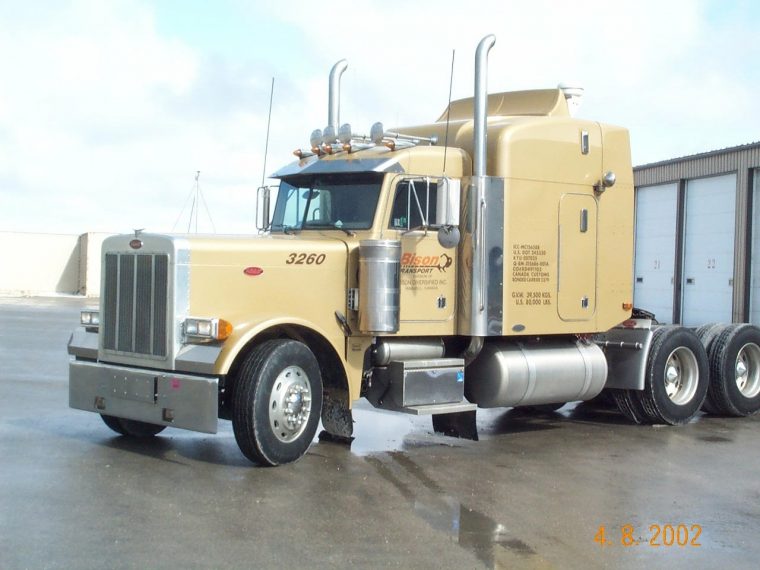
Photo: Fan of Chente
There are numerous advantages to being a trucking owner-operator. Owner-operators can make good money, and they also enjoy a great deal of flexibility when it comes to setting their work schedule. However, there is a process that drivers need to go through before they can begin taking jobs for their owner-operator business. It’s important to understand the process before you get started so that you know the requirements.
The following are the steps to go through for becoming an owner-operator in the trucking business.
Decide whether you want to lease or buy
The amount of funding you are able to get will impact whether you lease or buy. If funds are limited, you should look for a truck to lease to minimize your upfront costs. If you have the funds available, you can purchase a truck. As a general rule, used semi trucks for sale are likely to cost between $20,000 and $60,000. There are many lease-to-own programs out there that you could look into to acquire a truck for your operation.
Related: Check out the best dash cam for truckers to help with insurance claims or accident liability
Though not required, it’s recommended for owner-operators to also have a pickup truck as part of a small fleet. When equipped with truck tool boxes, winches, and high towing capacity, pickup trucks can serve as rapid response vehicles for big rigs stuck in snow or broken down on the side of the interstate. Whether to lease or buy a pickup is another decision to make before going forward with an owner-operator business plan.
Get both USDOT and MC numbers
All owner-operators are legally required to have USDOT and MC numbers that identify them. If you are considering becoming an owner-operator, you are most likely an experienced truck driver and already have a USDOT number. However, you probably still need to acquire an MC (motor carrier) number.
You can get your MC number through the FMCSA (Federal Motor Carrier Safety Administration). In order to file for a number, you will have to pay a filing fee of $300. It’s possible to get your MC number online if you’re already registered with USDOT and already have your USDOT number.
Know how you’re going to fund the venture and develop a business plan
You’re going to have to spend some money upfront to start an owner-operator business. If you don’t already have some money in savings that will allow you to cover expenses until you start bringing money in, you will need to acquire financing from a lender. You can acquire financing from a traditional bank.
However, many of those starting out need to look to alternative funding sources because they don’t have enough of a credit history or employment history to allow them to be approved for a business loan. Some other possible sources of funding include captive lending institutions and commercial lending institutions.
In addition to getting your funding, you should also come up with a business plan that minimizes expenses. There are numerous ways to minimize expenses. These include developing efficient driving habits, using technology that improves vehicle efficiency, carrying out proper truck maintenance, and minimizing fuel expenditures.
Be insured with the right truck insurance policy
Owner-operators need to insure their truck and business. It is a requirement of federal law that owner-operators have adequate insurance. The amount of insurance you have may depend on the type of goods you’re hauling. You will need more insurance coverage if you are hauling hazardous freight, for example. You may even need to acquire a hazmat permit if you are hauling hazardous freight.
Find freight to haul
The last step is to find freight to haul. These days, owner-operators frequently used online load boards to find truck freight that they can handle. There are free and paid load boards out there, and using several different load boards is the best way to remain constantly in business.
Thanks to our site supporters for making this post possible.
The News Wheel is a digital auto magazine providing readers with a fresh perspective on the latest car news. We’re located in the heart of America (Dayton, Ohio) and our goal is to deliver an entertaining and informative perspective on what’s trending in the automotive world. See more articles from The News Wheel.